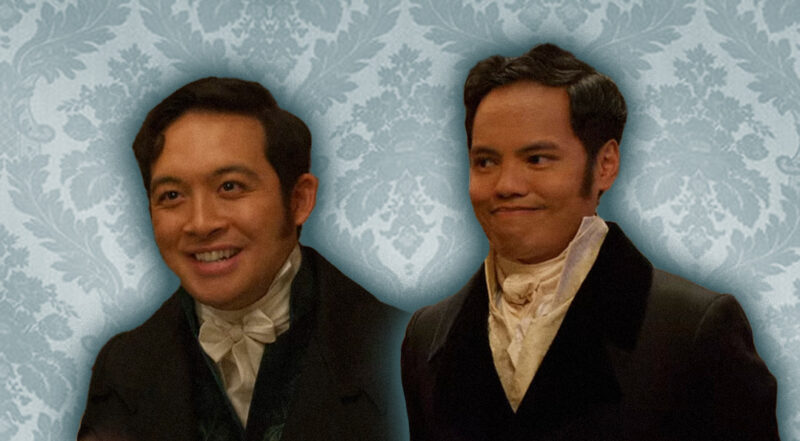
‘Alahas’ author Gigi Bermejo encourages self-discovery through jewelry
Antique collector, jewelry designer, and ‘Alahas’ author Gigi Bermejo advocates for jewelry as a means to Philippine identity, heritage, and history “For my children, my children’s children, and




































